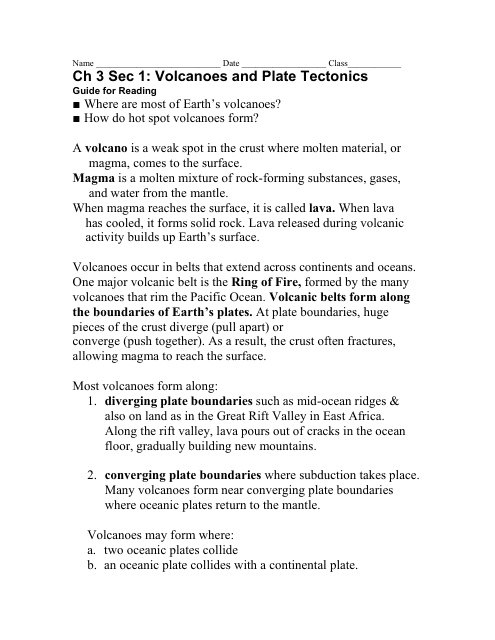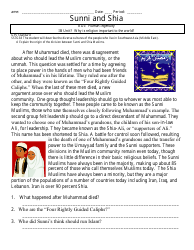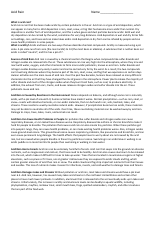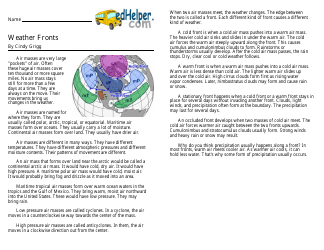Volcanoes and Plate Tectonics Reading Comprehension Worksheet
The Volcanoes and Plate Tectonics Reading Comprehension Worksheet is designed to help students understand the concepts of volcanoes and plate tectonics by reading and answering questions.
FAQ
Q: What is plate tectonics?
A: Plate tectonics is the theory that the Earth's outer shell is made up of several large and small plates that are constantly moving.
Q: What causes plate tectonics?
A: Plate tectonics is caused by the movements of the Earth's tectonic plates, which are driven by the heat and flow of the semi-fluid layer beneath them.
Q: What happens at plate boundaries?
A: At plate boundaries, different types of interactions occur between tectonic plates. These interactions can create earthquakes, volcanic activity, and the formation of mountains.
Q: What is a volcano?
A: A volcano is a mountain or hill that has a vent through which molten rock, gases, and ash can escape from the Earth's crust.
Q: How are volcanoes formed?
A: Volcanoes are formed when magma from the Earth's mantle rises to the surface, causing a volcanic eruption.
Q: What are the different types of volcanoes?
A: The different types of volcanoes include shield volcanoes, stratovolcanoes, and cinder cone volcanoes.
Q: What is the Ring of Fire?
A: The Ring of Fire is a major area in the basin of the Pacific Ocean where a large number of earthquakes and volcanic eruptions occur due to plate tectonics.
Q: Can volcanoes be dangerous?
A: Yes, volcanoes can be dangerous. They can cause destructive eruptions, lava flows, ash clouds, pyroclastic flows, and lahars that can threaten human lives and infrastructure.
Q: Are there any active volcanoes in the United States?
A: Yes, there are active volcanoes in the United States, including Mount St. Helens in Washington and Kilauea in Hawaii.
Q: What are some famous volcanic eruptions in history?
A: Some famous volcanic eruptions in history include the eruption of Mount Vesuvius in 79 AD that buried the city of Pompeii, and the eruption of Krakatoa in 1883 that caused a massive tsunami.








